It can be fun to breed your own zinnias - Part 26
zen_man
9 years ago
Related Stories

EDIBLE GARDENSHow to Grow Your Own European and Asian Pears
Try these trees for their good looks, delicious fruit and wide range of sizes — plus you can espalier them
Full Story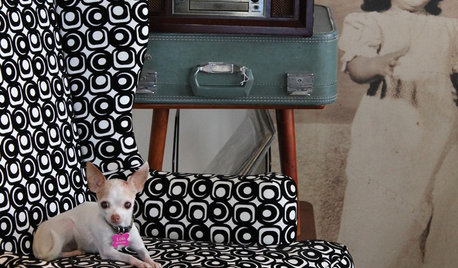
PETSWhat Chihuahuas Can Teach Us About Interior Design
Who knew these tiny dogs could be such a huge fount of design tips? Houzzers did
Full Story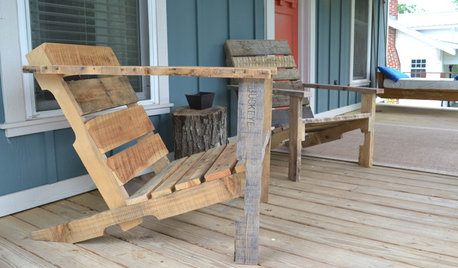
WOODWORKINGBuild Your Own Wooden Deck Chair From a Pallet — for $10!
Take the ecofriendly high road with a low-cost outdoor chair you make yourself
Full Story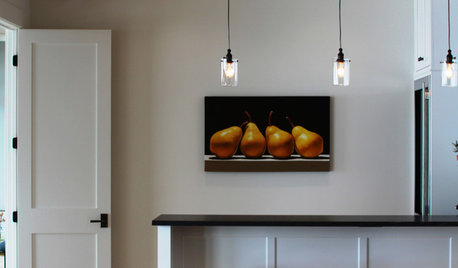
DOORSKnow Your House: Interior Door Parts and Styles
Learn all the possibilities for your doors, and you may never default to the standard six-panel again
Full Story
HOUZZ TVHouzz TV: This Dream Midcentury Home in a Forest Even Has Its Own Train
Original wood ceilings, a cool layout and, yes, a quarter-scale train persuaded these homeowners to take a chance on a run-down property
Full Story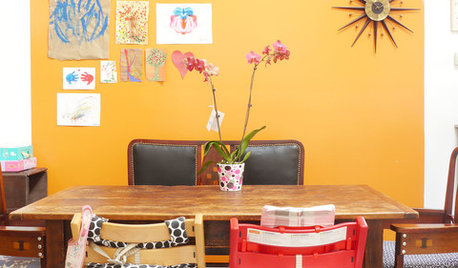
HOUZZ TOURSMy Houzz: A Family Makes a Converted Auto Body Shop Their Own
Eclectic style and color light up an open-plan home in Brooklyn
Full Story
INSPIRING GARDENSWhat We Can Learn From Longwood Gardens’ New Meadow
Sustainability, ecology, native plant communities ... this public garden is brimming with lessons on horticulture for home gardeners
Full Story
DECORATING GUIDESThe Cure for Houzz Envy: Dining Room Touches Anyone Can Do
Get a decorator-style dining room on the cheap with inexpensive artwork, secondhand furniture and thoughtful accessories
Full Story
GARDENING FOR BUTTERFLIESA Quick-Start Guide to Bird-Watching for Fun and Learning
Set out some seed and grab your field guide. Bird-watching is an easy, entertaining and educational activity for the whole family
Full Story
PETS5 Finishes Pets and Kids Can’t Destroy — and 5 to Avoid
Save your sanity and your decorating budget by choosing materials and surfaces that can stand up to abuse
Full Story





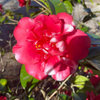

zen_manOriginal Author
samhain10 - 5a
Related Professionals
Forest Park Landscape Architects & Landscape Designers · Hyattsville Landscape Architects & Landscape Designers · Pottstown Landscape Contractors · Edmond Landscape Contractors · Tempe Landscape Contractors · Hoover Landscape Contractors · Newnan Landscape Contractors · Spring Landscape Contractors · Chicago Driveway Installation & Maintenance · Reston Driveway Installation & Maintenance · Shorewood Decks, Patios & Outdoor Enclosures · Asheville Decks, Patios & Outdoor Enclosures · Conroe Decks, Patios & Outdoor Enclosures · Gaithersburg Decks, Patios & Outdoor Enclosures · Lebanon Decks, Patios & Outdoor Enclosureszen_manOriginal Author
samhain10 - 5a
zen_manOriginal Author
samhain10 - 5a
zen_manOriginal Author
samhain10 - 5a
goclon
samhain10 - 5a
zen_manOriginal Author
zen_manOriginal Author
goclon
goclon
zen_manOriginal Author
jackier_gardener
goclon
zen_manOriginal Author
jackier_gardener
zen_manOriginal Author
samhain10 - 5a
zen_manOriginal Author
jackier_gardener
samhain10 - 5a
jackier_gardener
samhain10 - 5a
zen_manOriginal Author
samhain10 - 5a
samhain10 - 5a
zen_manOriginal Author
samhain10 - 5a
mister_guy
zen_manOriginal Author
samhain10 - 5a
jackier_gardener
samhain10 - 5a
zen_manOriginal Author
Desirai
goclon
samhain10 - 5a
zen_manOriginal Author
samhain10 - 5a
jackier_gardener
zen_manOriginal Author
mister_guy
zen_manOriginal Author
samhain10 - 5a
zen_manOriginal Author
samhain10 - 5a
zen_manOriginal Author